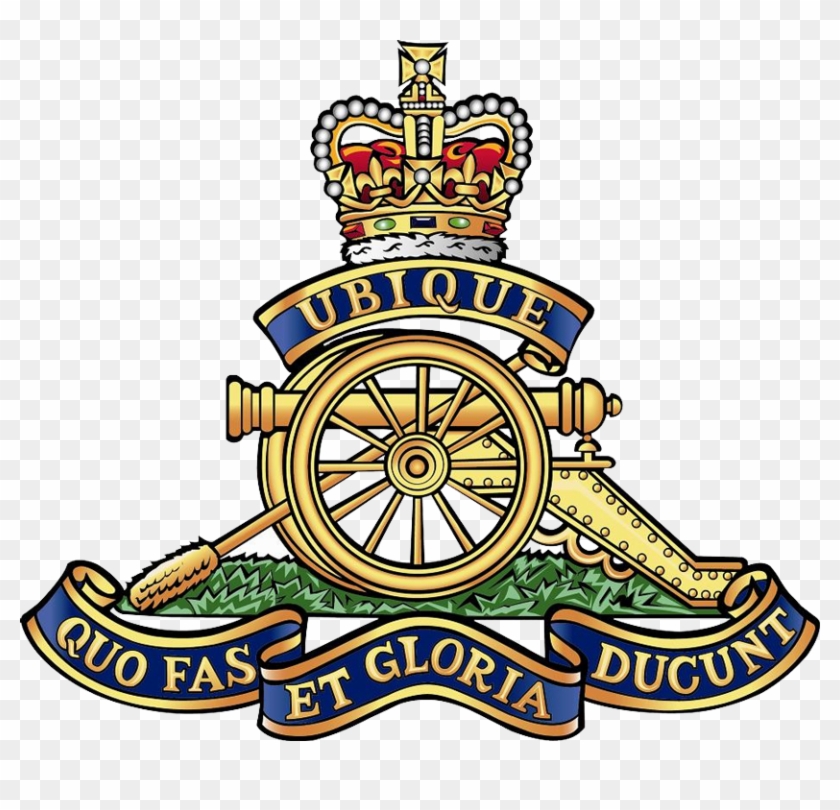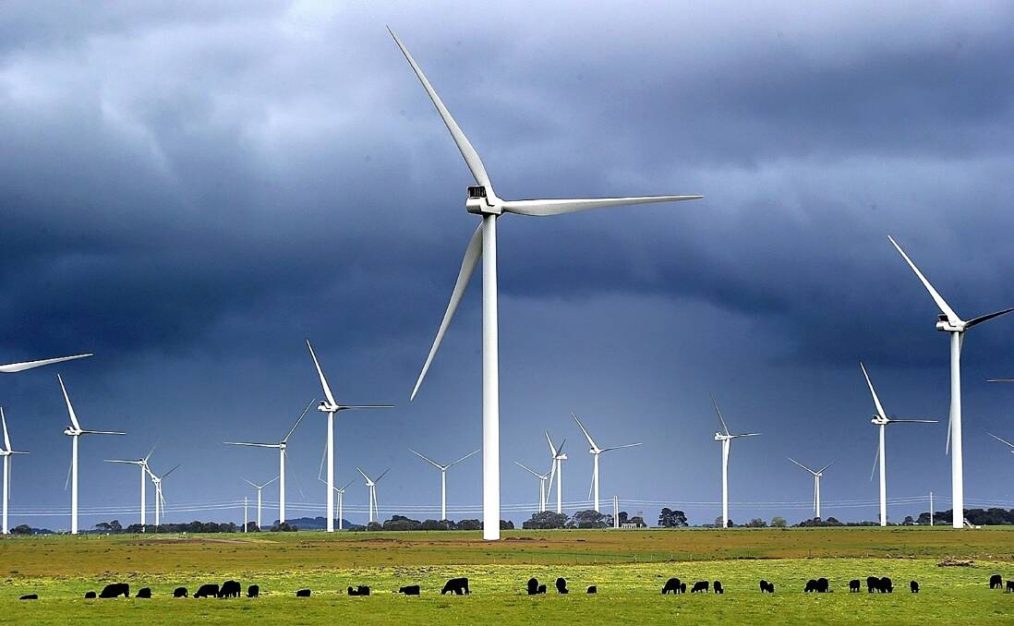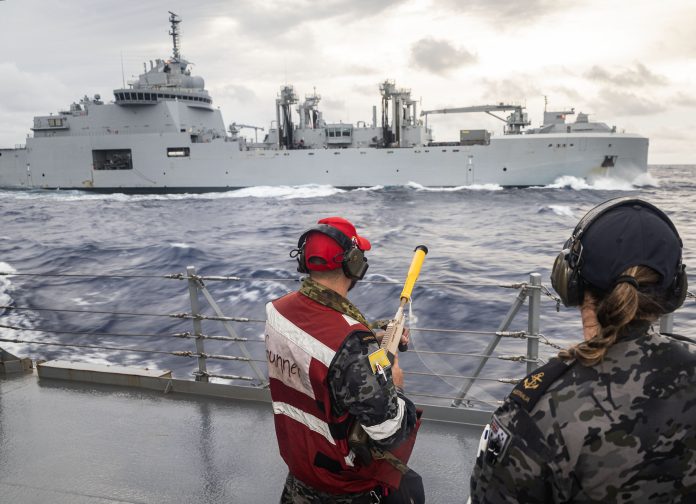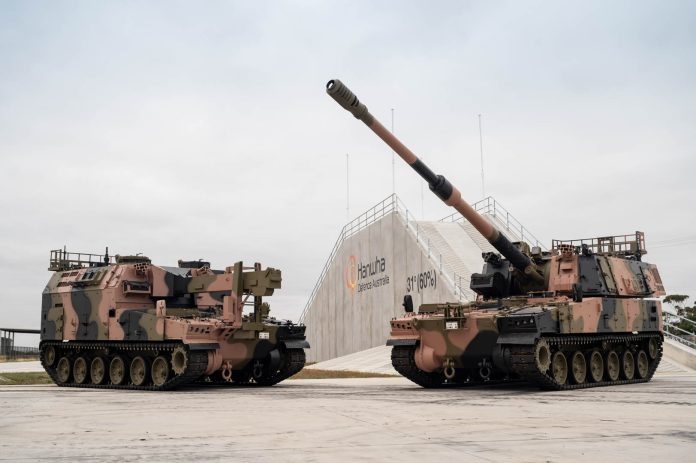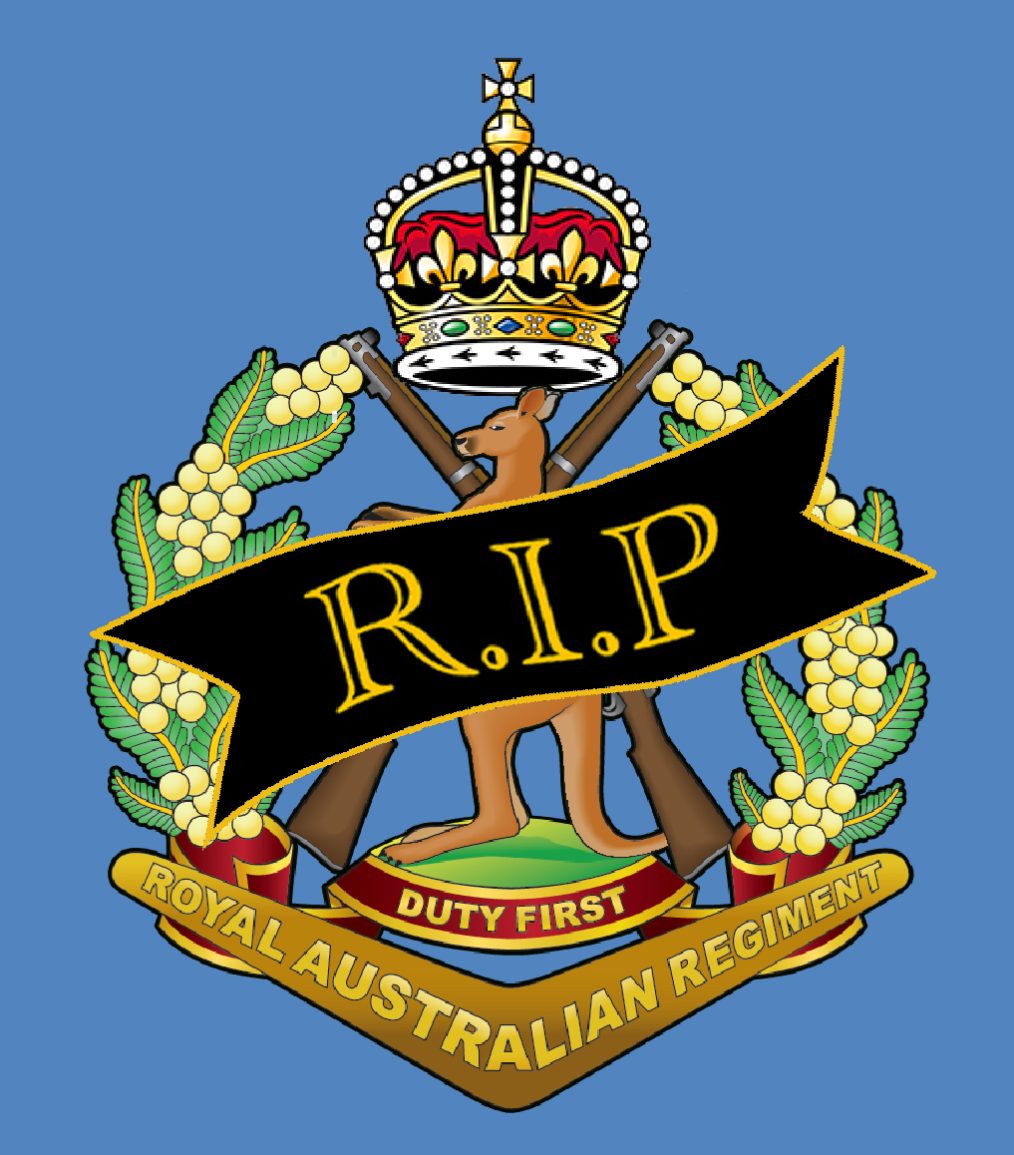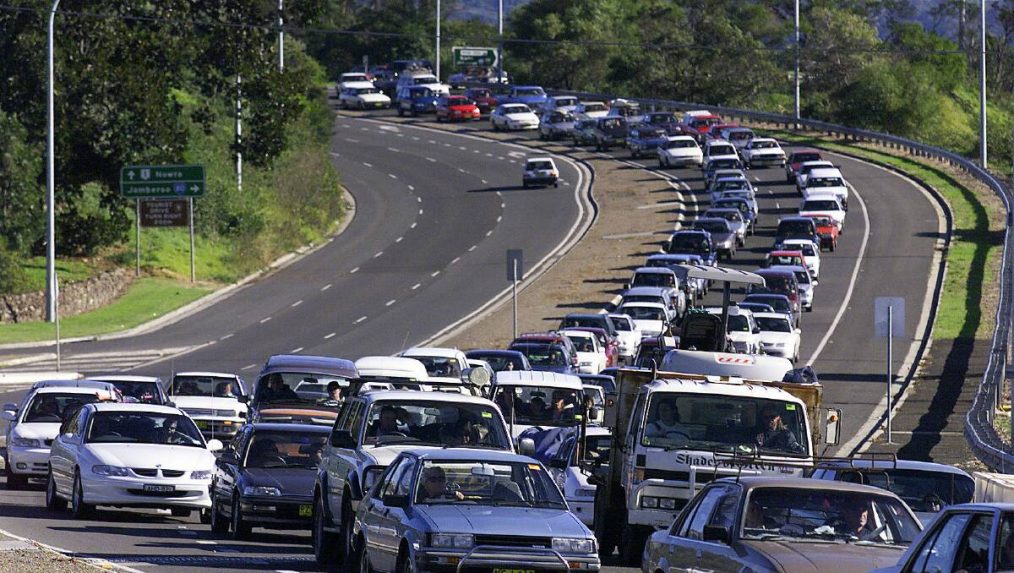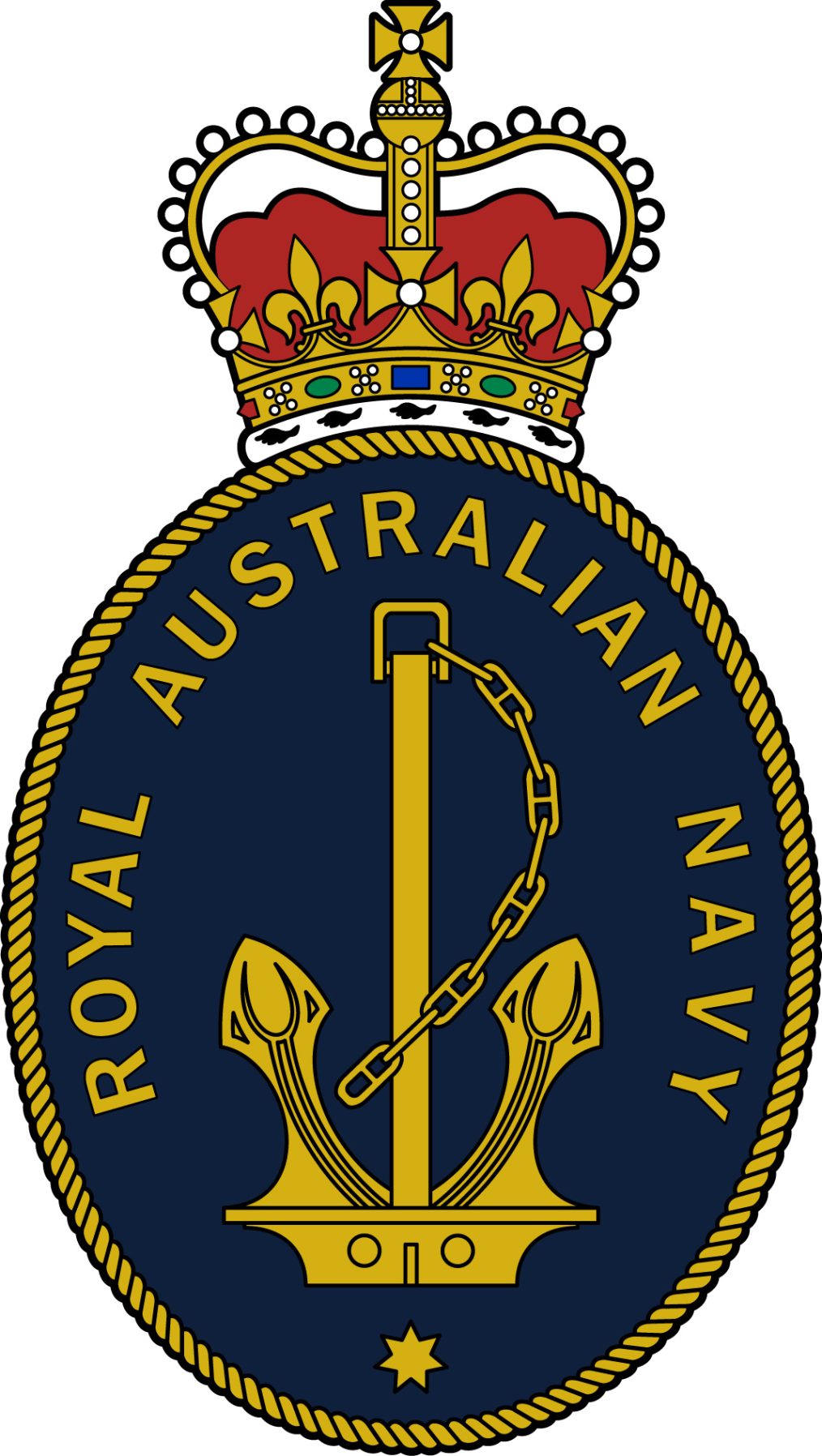We have received advice of the death recently of Clifford Francis Dodds OAM. He was 89.
Cliff served in Vietnam with Headquarters, Australian Force Vietnam (Army Component) from September 1968 until August 1969.
In later life, Cliff was Co-Patron of the NSW Referees Association and a keen supporter of Rugby.
On Australia Day, 2007, then Lieutenant Colonel Dodds, was awarded the Medal of the Order of Australia (OAM) for service to the community through the Royal Australian Artillery National Museum, and through professional, service and sporting organisations.
A funeral for Cliff will be held at St Aidan’s Anglican Church, Christina Street, Longueville, on Monday 10 March 2025 at 2.30pm.
RIP Clifford Francis Dodds, OAM
Peter Bruce, OAM
Obituary Resource Officer
RAAHC
pjbruce8@bigpond.net.au

